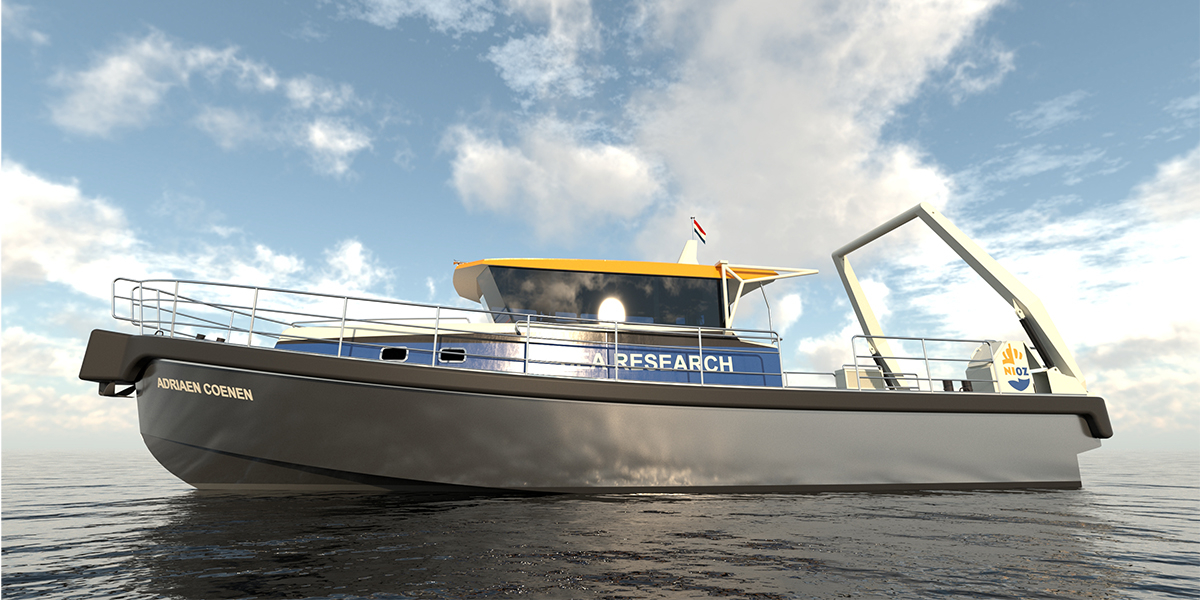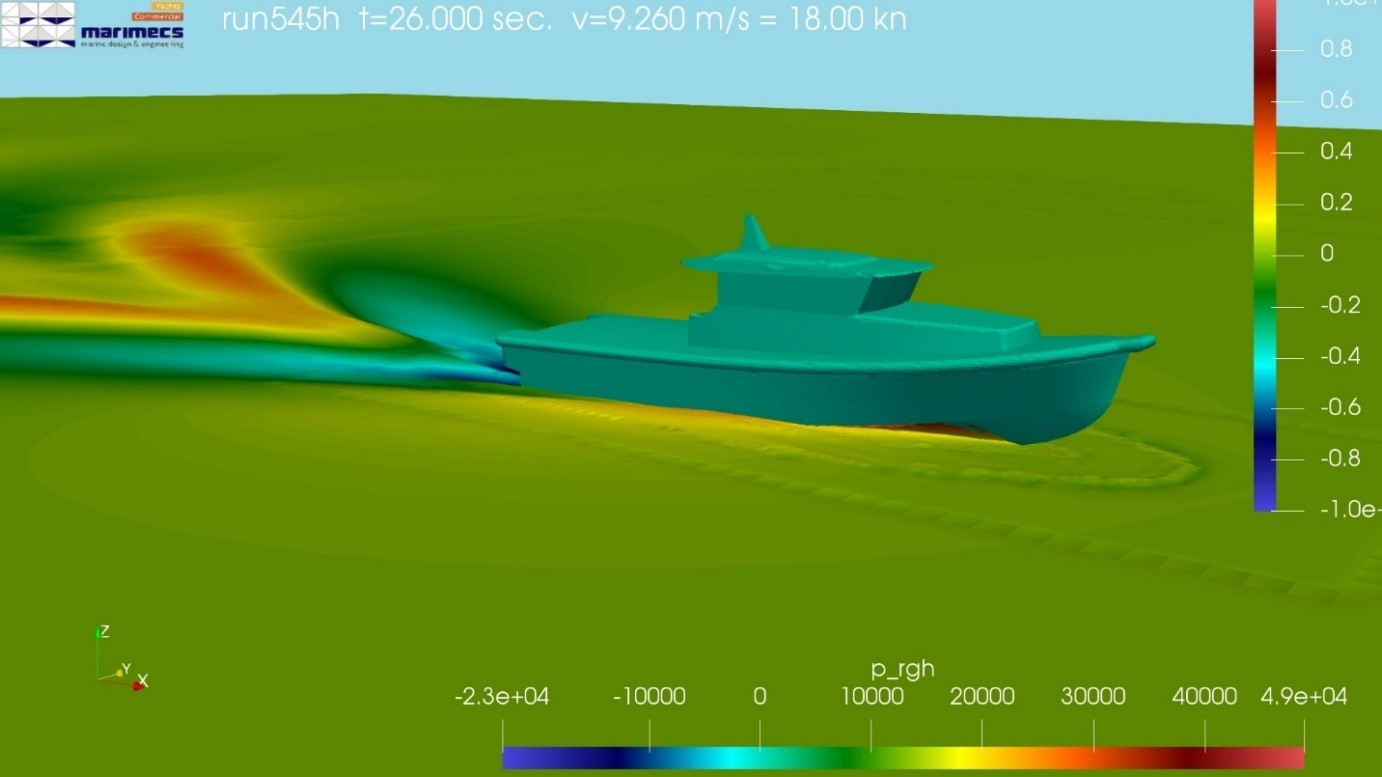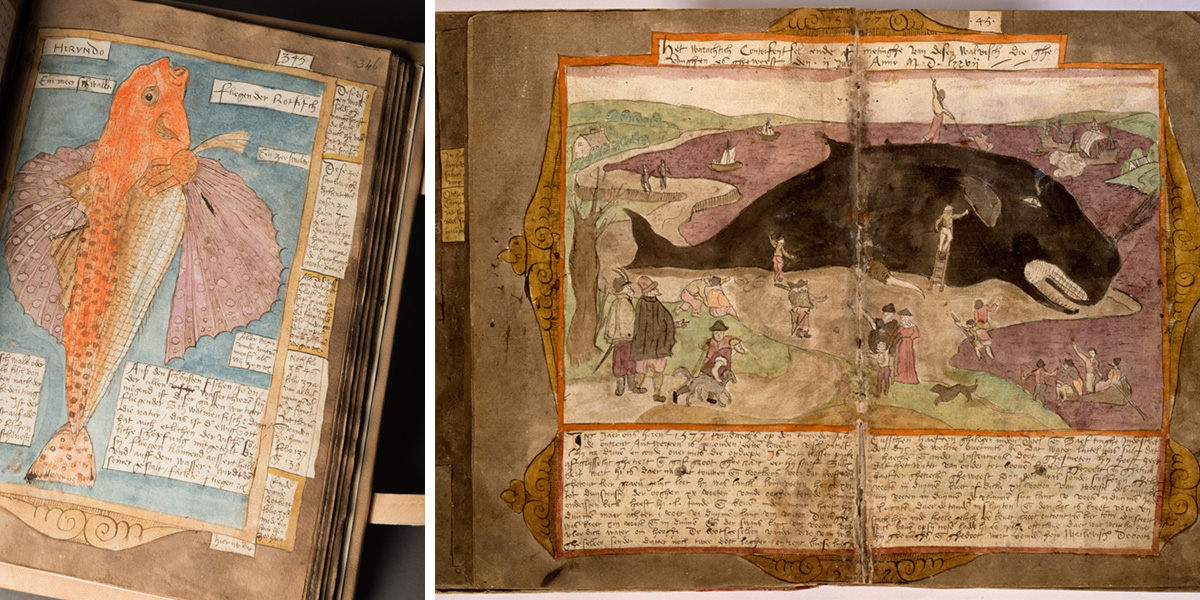Sustainable RV Adriaen Coenen will replace RV Stern

Starting points: sustainability and ideal dimensions
RV Adriaen Coenen will be a smart, functional, distinctive and sustainable ship. The ship was designed on the basis of a long wish list of all conceivable Dutch stakeholders, not only from within the already known academic community, but also from universities of applied sciences (HBO) and applied research organisations (TO2), as well as NGOs. In addition to the NWO and NIOZ ambition for sustainability and green technology, the final ship will be a compromise between dimensions and draught to maximise the operational portfolio in tidal areas and shallow waters. “The ship differs from the larger research vessels in that it is equipped for e.g. day trips for the fast and flexible collection of research samples. These can then be further processed at the nearby institute's facilities,” explains Henk van der Veer. As former head of the Department of Coastal Systems at NIOZ, he was closely involved in the design process.
Operational and technical specifications
RV Adriaen Coenen is equipped with facilities for twelve scientists, assistants, students and other passengers, and two crew members. With a maximum draft of 1 metre, the vessel can cross watersheds in the Wadden Sea at high tide and ground during low tide. The new vessel will tow or push small objects such as the 'Wadtower' (a mobile bird observation platform). For research activities, the vessel will be equipped with hoisting equipment, a spacious working deck - with room for two rubber dinghies or a 10ft container, arrangements for deployment of ADCP and multi-beam equipment, wet and dry laboratories, ICT infrastructure and communication equipment.
As sustainable as possible
Alex Cofino, project manager of the fleet replacement and head of the NMF department, adds: “RV Adriaen Coenen will be built using cutting edge green technology, innovative design and smart construction methods.” The hull was modelled by means of CFD (Computational Fluid Dynamics) simulations and optimised to the best possible hydrodynamic properties. Water jets are used for propulsion, so the ship can easily operate in shallow water and can dry-out.

A diesel substitute, HVO (Hydro-treated Vegetable Oil), will be used as an energy source. This ensures a significant reduction in emissions, such as 90% less CO₂. In combination with particulate filters and a catalytic converter on the exhausts, this is at least equivalent to the emission reduction achieved with Methanol, for example.
Furthermore, all installations are designed to minimise energy consumption and, by that means, to reduce waste. For example, the cooling water systems will be equipped with a heat recovery system. The LED lighting will work with motion sensors and solar panels. The ship will make use of batteries when it is dried-out and it will have a plug-in facility for stays in ports. In addition, maximum (thermal) insulation will be applied.

Named after 16th Century ‘citizen scientist’ Adriaen Coenen
The new ship is named after Adriaen Coenen (1514 - 1587), who was a fishmonger from Scheveningen and an amateur ichthyologist because of his interest in everything that lived in the sea. Coenen's Visboeck is a remarkable work of writing and art. The 16th-century manuscript is richly decorated with coloured illustrations that provide researchers with practical knowledge about 16th-century fishing. Coenen was a curious and inquisitive man who recorded everything he noticed in nature, what people told him and what he read about biological and zoological details.
Replacement of the national research fleet
At the end of January 2021, it was announced that the larger wadden and delta ship RV Navicula will be replaced by the new RV Wim Wolff.
RV Adriaen Coenen is the second new ship of the national research fleet. The fleet consists of 3 ships and is managed by National Marine Facilities (NMF) at the Royal Netherlands Institute for Sea Research (NIOZ).
The construction of the oceangoing vessel RV Anna Weber–van Bosse, the intended replacement for the flagship RV Pelagia, is currently under preparation.
Follow the replacement of the research vessels on www.newresearchfleet.nl, subscribe to the newsletter and follow @ResearchFleetNL on Twitter and Facebook.